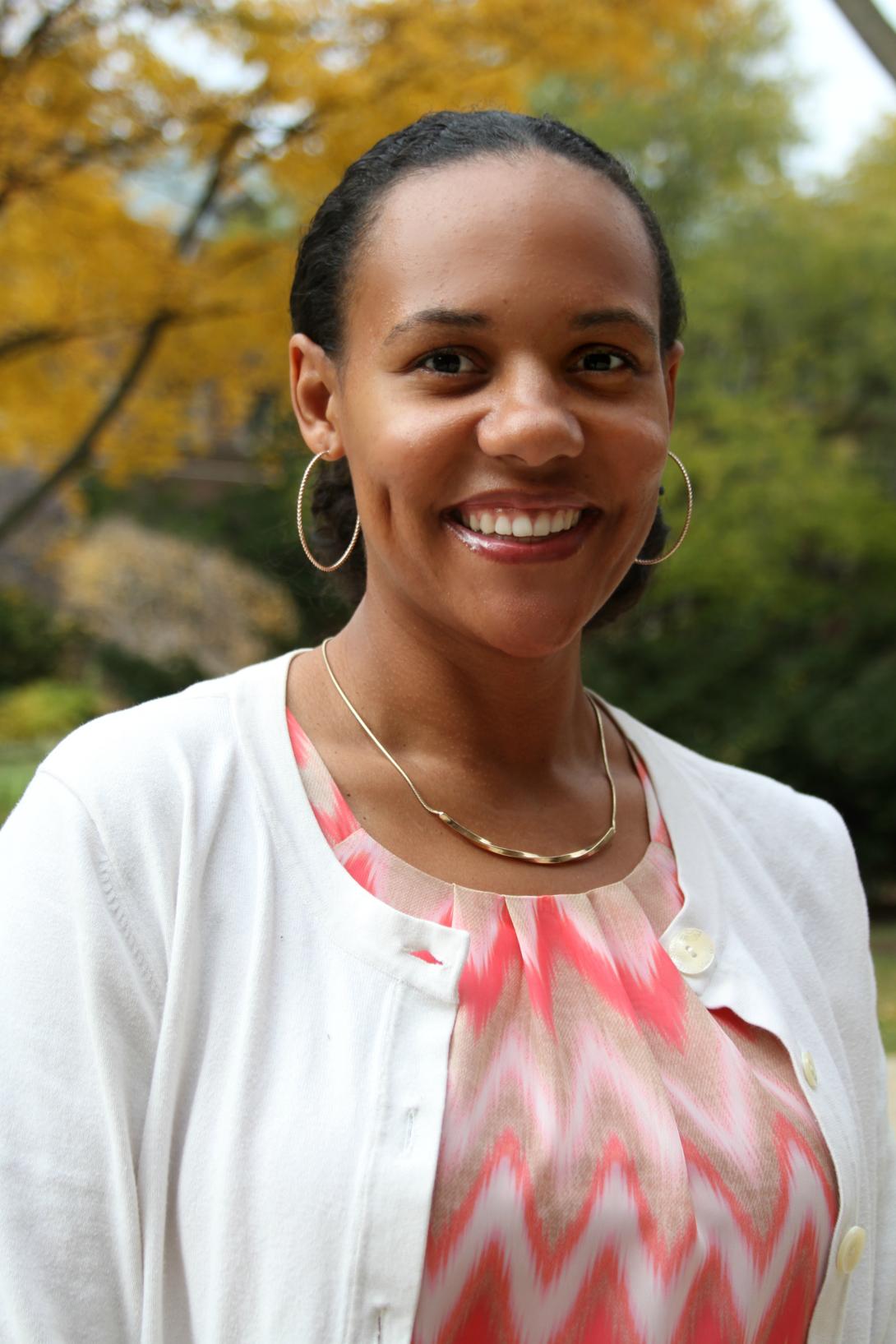“Do you want to deepen your understanding of community-engaged scholarship while connecting with other doctoral students from across the university?”
This was the first line for the job advertisement for a graduate liaison position – and it sounded great. Although I was entering my 6th year at Michigan as a doctoral student in the Combined Program for Education and Psychology (and finishing up), I’d never knowingly crossed paths with the Center, but the potential role excited me. I got it.
During my brief time as a graduate liaison at Ginsberg, I have gained incredible insight into what it means to help others think through how to engage in equitable and mutually beneficial partnerships with communities, whether that involves a one-time service opportunity or a semester-long course. During an E3 workshop (the main facilitation role for graduate liaisons), you learn about how the Ginsberg Center connects community organizations with students, faculty, and other resources at the university. The workshops encourage students to think about how to enter, engage, and exit community spaces and reflect on how their social identities influence their interactions with community members. If you drop by the Center, you can find out how to participate in the Alternative Spring Break or the America Reads program, but Ginsberg is more than the sum of these programs.
Ginsberg is a “brave space” – a space for group learning and collaboration around a range of social justice issues and initiatives (Arao & Clemens, 2008). A space that is dedicated to pushing us beyond our comfort zone to make us better…better scholars…better community partners…better people. I am co-creating a skills-based curriculum on diversity, equity, and inclusion with a group of phenomenal and thoughtful women of color who bring their unique experiences and expertise to the table, and I am consistently blown away. We talk about how to build skills around active and reflective listening, self-care and self-awareness, and ethical responsibility – topics that aren’t always valued or included in discussions on community engagement. We ask questions like: How can we teach others to think about who they are and the weaknesses or challenges they bring to community spaces? and How do we communicate best practices (i.e., non-exploitative practices) about using a community as a classroom? We brainstorm and take notes – more than I’d like to admit, we laugh in frustration and scratch out these notes – and we keep going. We are building towards something important (many things, honestly) and we are deeply invested in this work.
In a few months, I will be leaving Michigan and starting a new position as an Assistant Professor of Community Psychology. I do not know if there is an organization like Ginsberg at my new institution, but I am strengthened in knowing that I will carry my experiences from the Center with me. Perhaps I will meet another fast-talking Associate Director who eats, sleeps, and breathes “community,” and finds a way to connect people who care about these topics. But if I don’t, my time at Ginsberg has provided a blueprint. A blueprint of a brave space.
Citation:
Arao, B., & Clemens, K. (2008). From safe spaces to brave spaces: A new way to frame dialogue around diversity and social justice. The Art of Effective Facilitation. The Program on Intergroup Relations-University of Michigan.

